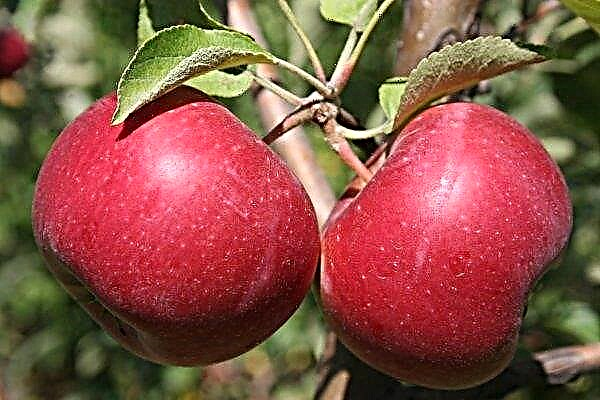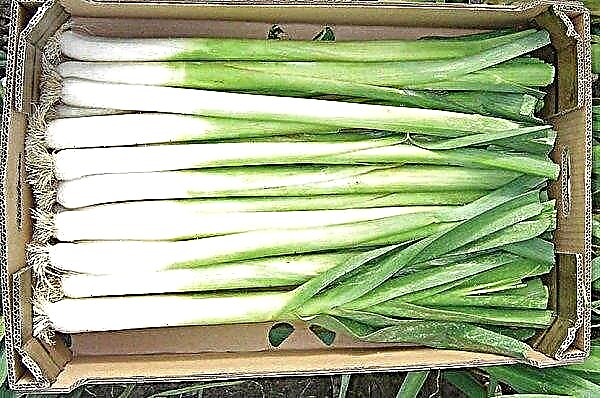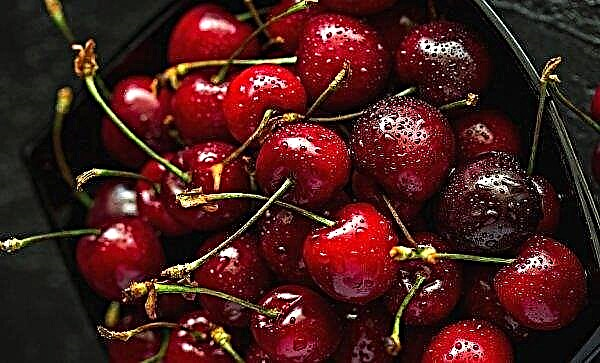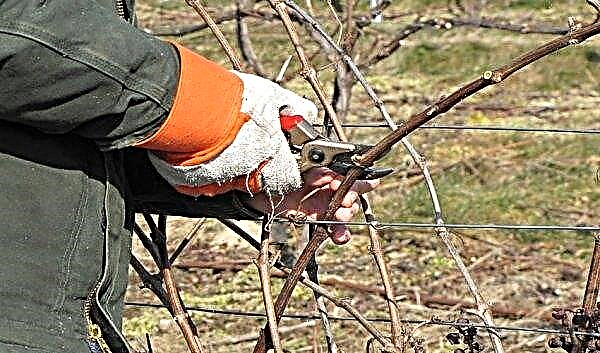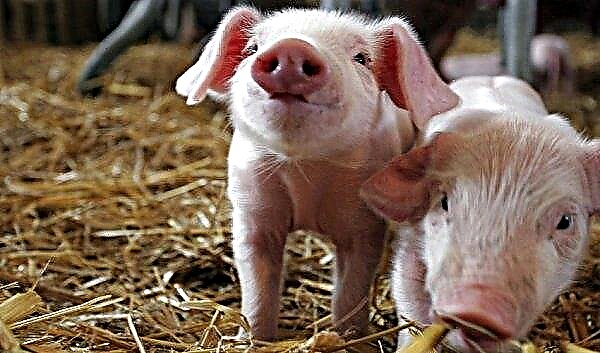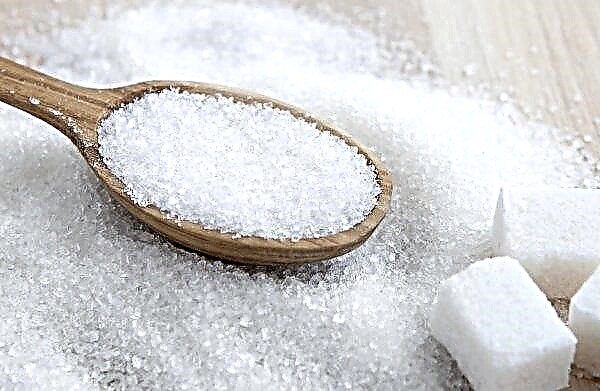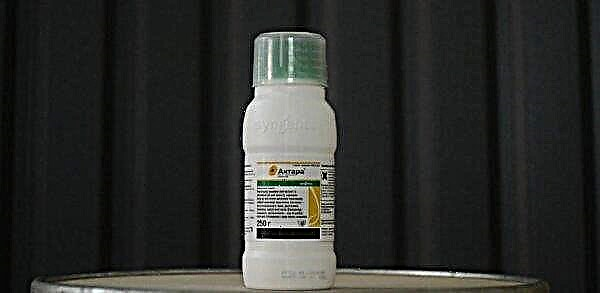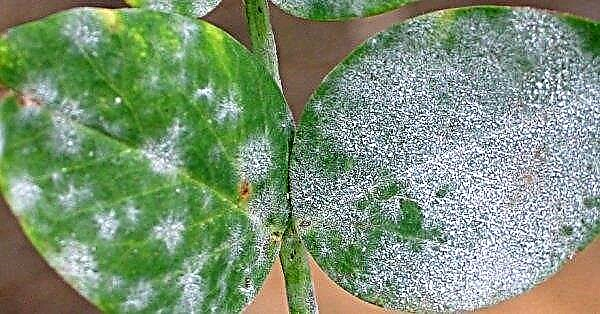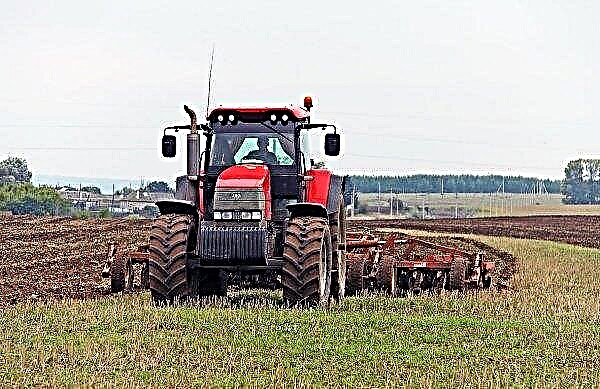Using fertilizers to increase yields is a common practice familiar to all gardeners. But many doubt whether it is possible to fertilize cucumbers when they bloom and bear fruit. Features and types of top dressing in this period will be considered further.
Is it possible to feed cucumbers during flowering and fruiting?
The surface root system of cucumbers selects available nutrients from the soil even when the lashes grow. By the time of laying buds and ovaries, only additional top dressing will help plants form a high-quality crop. In order to have a lot of cucumbers, it is necessary to feed bushes with vitamins and minerals necessary for this culture in a timely manner.
Did you know? Among the many varieties of cucumbers, the most unusual fruits are in Momordiki or Indian cucumber. They are completely covered with tubercles of different sizes and shapes; as they grow, they change color from green to orange, and when ripe, they open like the mouth of a crocodile, showing bright raspberry seeds inside.
What top dressing can I use
To determine how to fertilize this vegetable, consider its features. During the period of growth of stems and fruits, a sufficient amount of nitrogen is necessary. With its deficiency, greenbacks turn pale and shorten. Potassium is indispensable for fruit setting, with its deficit, the yield is significantly reduced and its quality is deteriorated, greenhouses shrink and acquire a shape narrowed towards the end. Calcium serves to strengthen the plant's immunity, and phosphorus is needed for the development of the root system and abundant flowering. These and other beneficial trace elements are found in mineral and organic fertilizers.
Mineral fertilizers
Each gardener himself decides whether to use mineral supplements because of the risk of harming health or the environment. But artificially created chemical mixtures of useful elements with proper use in compliance with dosages and instructions are an easy and highly effective way to quickly feed plants with everything they need.
The best complex mixtures for feeding cucumbers are as follows:
- ammonium nitrate;
- nitrophosk;
- superphosphate;
- potassium nitrate.
Important! When choosing potassium salts for fertilizers during flowering and fruiting, it is necessary to exclude containing chlorine, since it reduces the quality of the fruit.
Organic fertilizer
Admirers of organic products without chemistry usually use the materials that nature provides for additional nutrition. The most common - solutions of manure and bird droppings in the ratio of 1:10 and 1:15, respectively. In addition, to obtain a rich crop of beds, you can still much more than pour from home-prepared compositions:
- Yeast top dressing often used to get crops faster. It is safe, contains a complex of vitamins, amino acids and trace elements and is easy to prepare. In 3 l of water, 10 g of dry or 100 g of live baker's yeast, half a glass of sugar are diluted and insisted for a day, stirring occasionally. Before application, the solution is diluted with water in a ratio of 1: 5.

- Wood ash serves as a source of all the essential minerals needed for growth, as well as a means of controlling pests. In dry form, make 2 tbsp. l under the root or stir a glass of ash in a liter of water and use for watering.
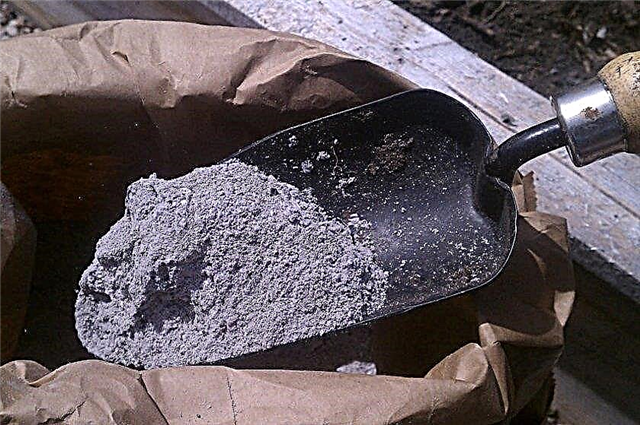
- Compost and weed infusions they will give cucumbers all the nutrients and vitamins that they themselves have learned without the risk of overdosing and the accumulation of nitrates in the fruits.
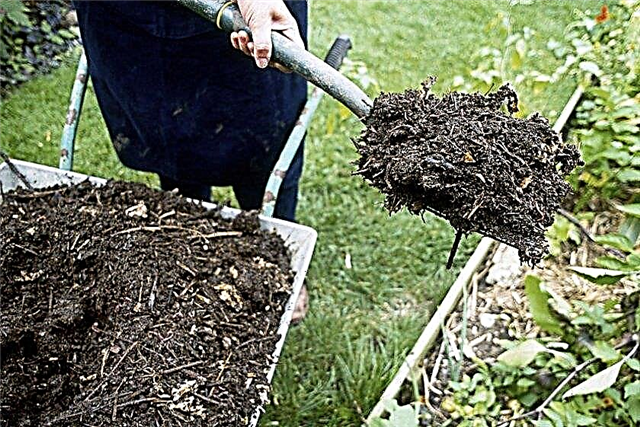
Feeding Technology
You can feed the bushes at the root and on the leaf. Root dressing is carried out in the hot summer, when the roots are powerful, well developed and able to transmit maximum nutrition to the aboveground parts. Fertilizers are applied in the evening or in cloudy weather after heavy watering. If the weather is cold and cloudy, the root system absorbs nutrients worse, in this case, foliar top dressing is used. Spray the leaves of the culture in the open ground in small portions, spraying in small drops, in dry weather in the evening or in the morning.
Important! For the assimilation of nutrients through the leaves, at least 2 hours of no rain is needed.
In greenhouses and greenhouses they spray at any time, the only condition is the lack of direct sunlight.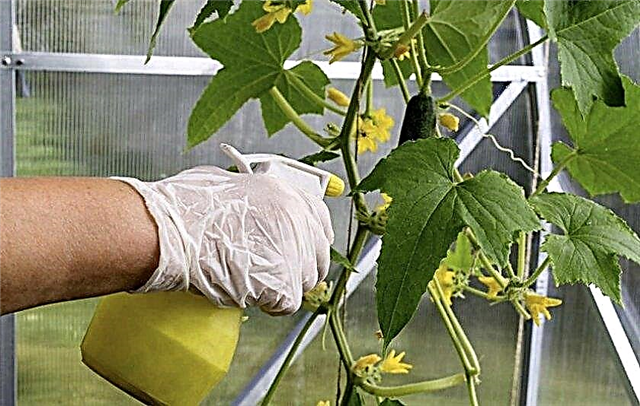
Features of feeding
The state of the plants determines whether they need to be fed and how many times. Under normal conditions, if the bushes grow well and there are no signs of disease, this is done 4 times:
- two weeks after planting seedlings;
- during budding;
- during intense flowering;
- during fruiting.
Regardless of the number and type of nutrient mixtures at all stages of cucumber vegetation, it is allowed to use the Zircon biostimulator, which is a powerful immunomodulator, activates growth, fruiting and increases the plant's ability to absorb nutrients.
Video: Effective top dressing for cucumbers
During flowering
When buds begin to form on the lashes, potassium supplements are especially necessary, the number of ovaries, and, accordingly, the fruits, depends on them.
A good result is given by such a mixture:
- potassium sulfate - 1 tsp;
- superphosphate - 1 tsp;
- liquid bird droppings or mullein - 200 g;
- water - 10 l.
- superphosphate - 10 g;
- potassium sulfate - 10 g;
- ammonium nitrate - 10 g;
- water - 10 l.
 A common way to stimulate flowering is to spray a solution of a teaspoon of boric acid in a bucket of water.
A common way to stimulate flowering is to spray a solution of a teaspoon of boric acid in a bucket of water.Did you know? Unusual fertilizer was recently created in India. Scientists have come up with a way to turn human hair into a liquid solution that is rich in trace elements and environmentally friendly. The new development will also help significantly reduce the burden on urban cleaning systems.
During fruiting
At the beginning of fruiting, when ovaries form, it is recommended to water with a mixture consisting of:
- nitrofoska - 1 tbsp. l;
- Mullein - 150 g;
- water - 10 l.
- superphosphate - 15 g;
- potassium sulfate - 25 g;
- ammonium nitrate - 20 g;
- water - 10 l.
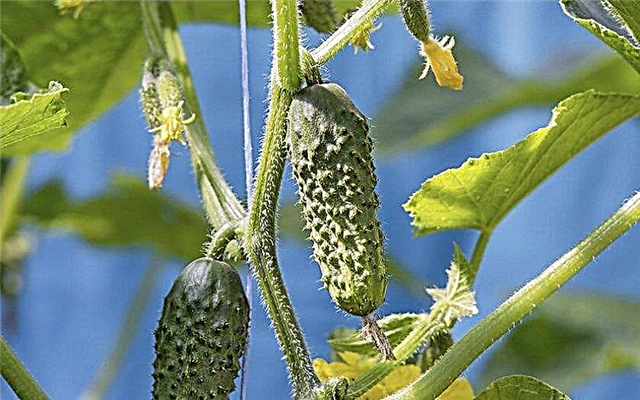 Only plants continue to be fertilized in greenhouses and greenhouses, which can be given by greenhouses until the onset of frost. In August, for the growth of the ovaries, foliar feeding of urea is used at the rate of 15 g per 10 l of water or a serum solution in a ratio of 1:10. From complex preparations for spraying, you can choose "Kemira Lux" or "Solution", dissolving 0.5 hours of funds in a liter of water.
Only plants continue to be fertilized in greenhouses and greenhouses, which can be given by greenhouses until the onset of frost. In August, for the growth of the ovaries, foliar feeding of urea is used at the rate of 15 g per 10 l of water or a serum solution in a ratio of 1:10. From complex preparations for spraying, you can choose "Kemira Lux" or "Solution", dissolving 0.5 hours of funds in a liter of water.With a decrease in ambient temperature, the risk of damage to cucumbers by different types of rot and fungal infections increases. For prophylactic purposes and at the first signs of the disease, the bushes must be treated with a Bordeaux mixture or systemic fungicide, such as Quadris or Previkur.
Useful tips gardeners
Due to the cultivation of cucumbers in almost all farms, each gardener has rich experience in their cultivation. A lot of tips and recommendations for care can be reduced to several basic principles, following which will help to grow a crop and prevent gross mistakes:
- you need to feed on well-moistened soil;
- you can not use all fertilizers at the same time;
- organic and mineral dressings are applied alternately;
- strictly observe the dosage of drugs and the frequency of application;
- use root and foliar top dressing depending on the weather;
- Before the mass use of a new tool, it must first be tested on several copies of the culture.
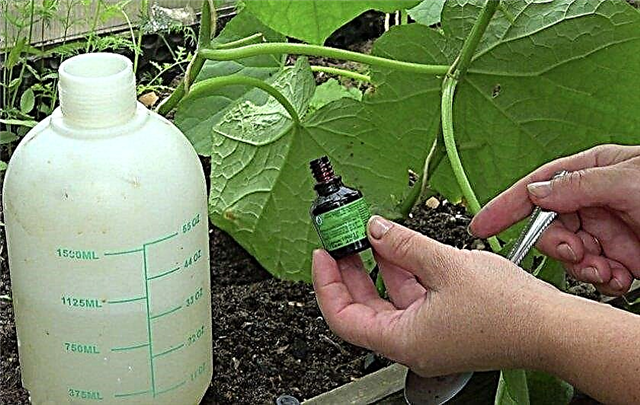 The use of various supplementary nutrition allows not only to obtain a high-quality full-fledged crop, but also makes it possible to grow crops on inappropriate and poor soils, increasing their fertility and improving the structure.
The use of various supplementary nutrition allows not only to obtain a high-quality full-fledged crop, but also makes it possible to grow crops on inappropriate and poor soils, increasing their fertility and improving the structure.




